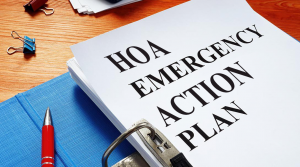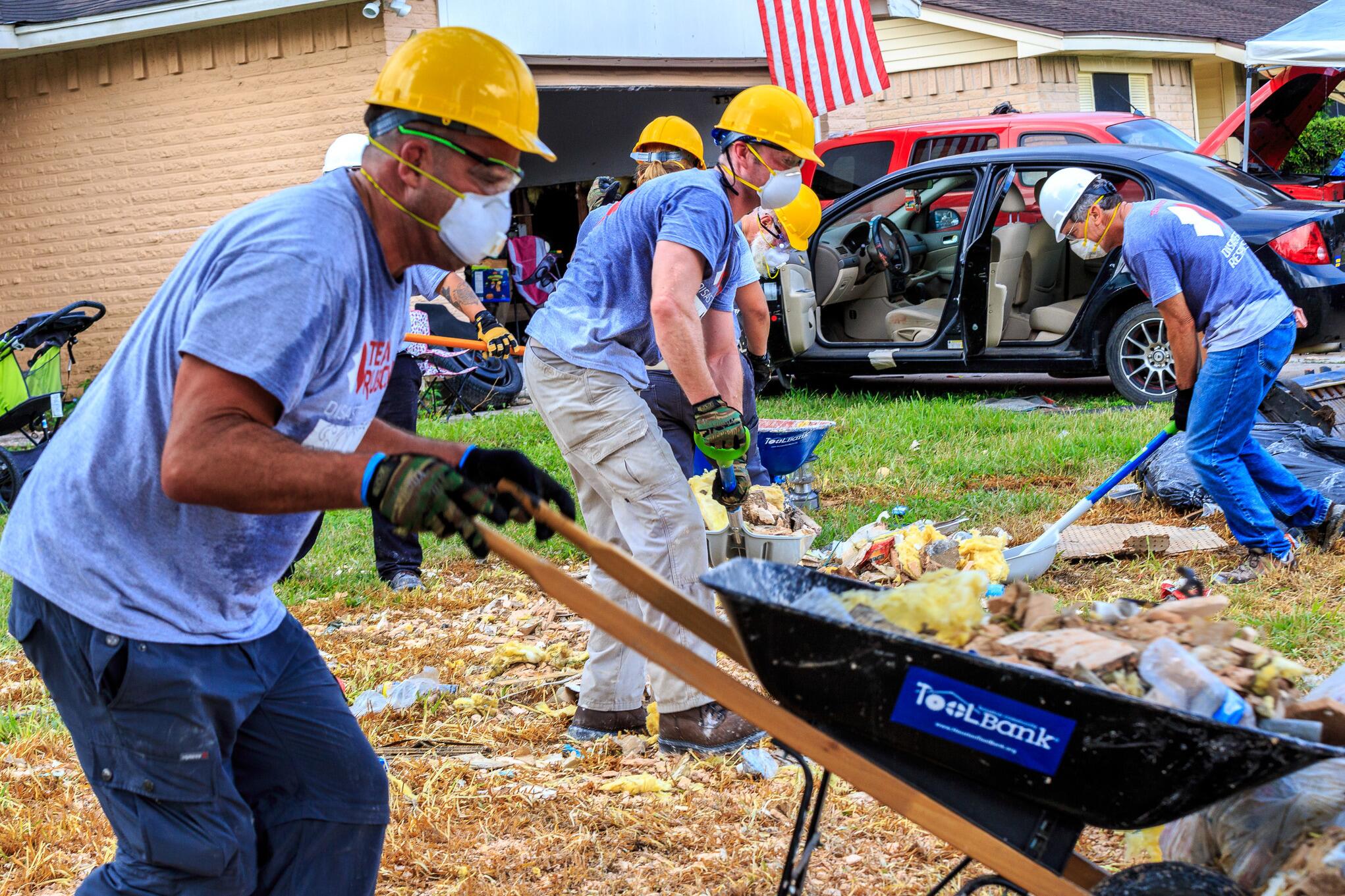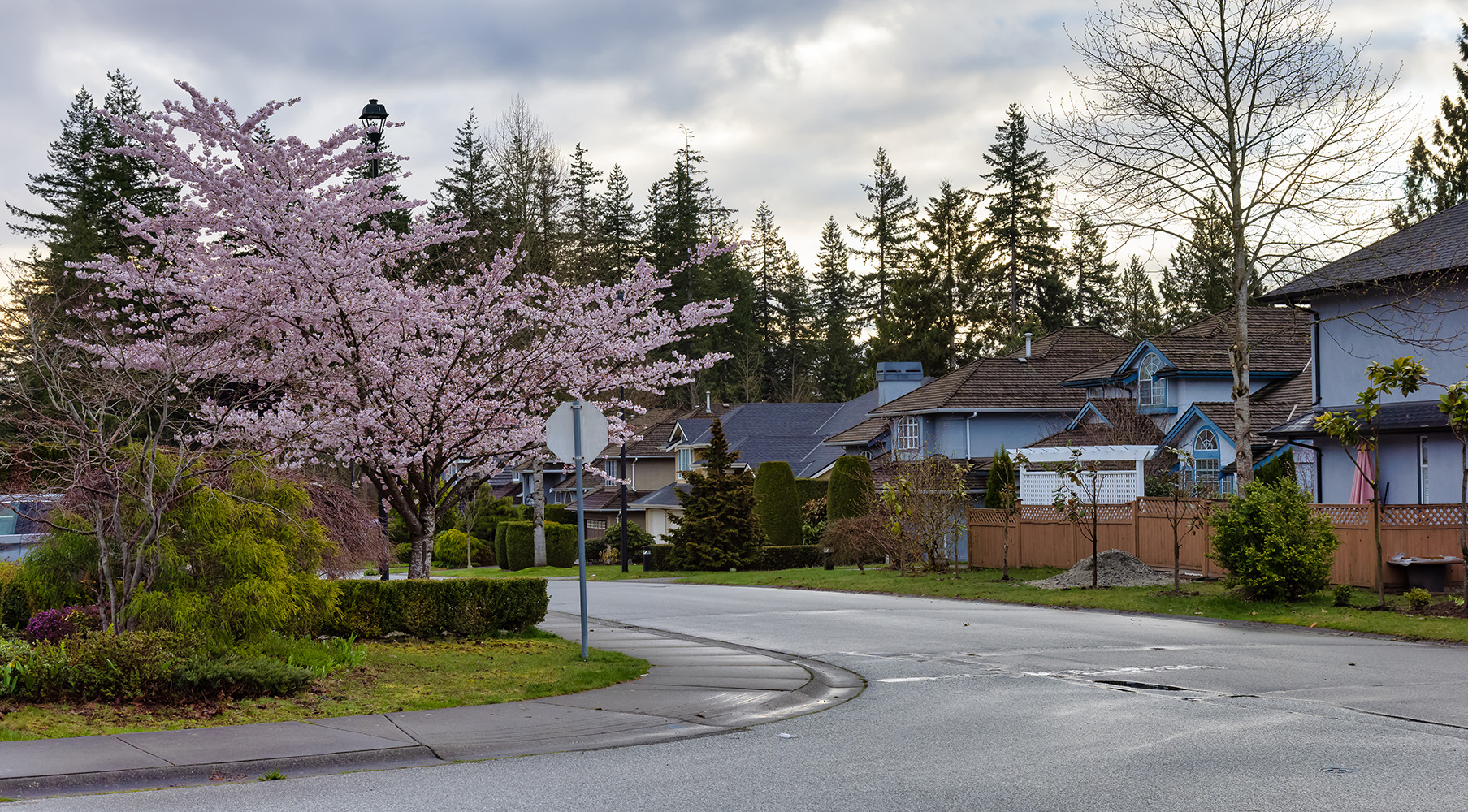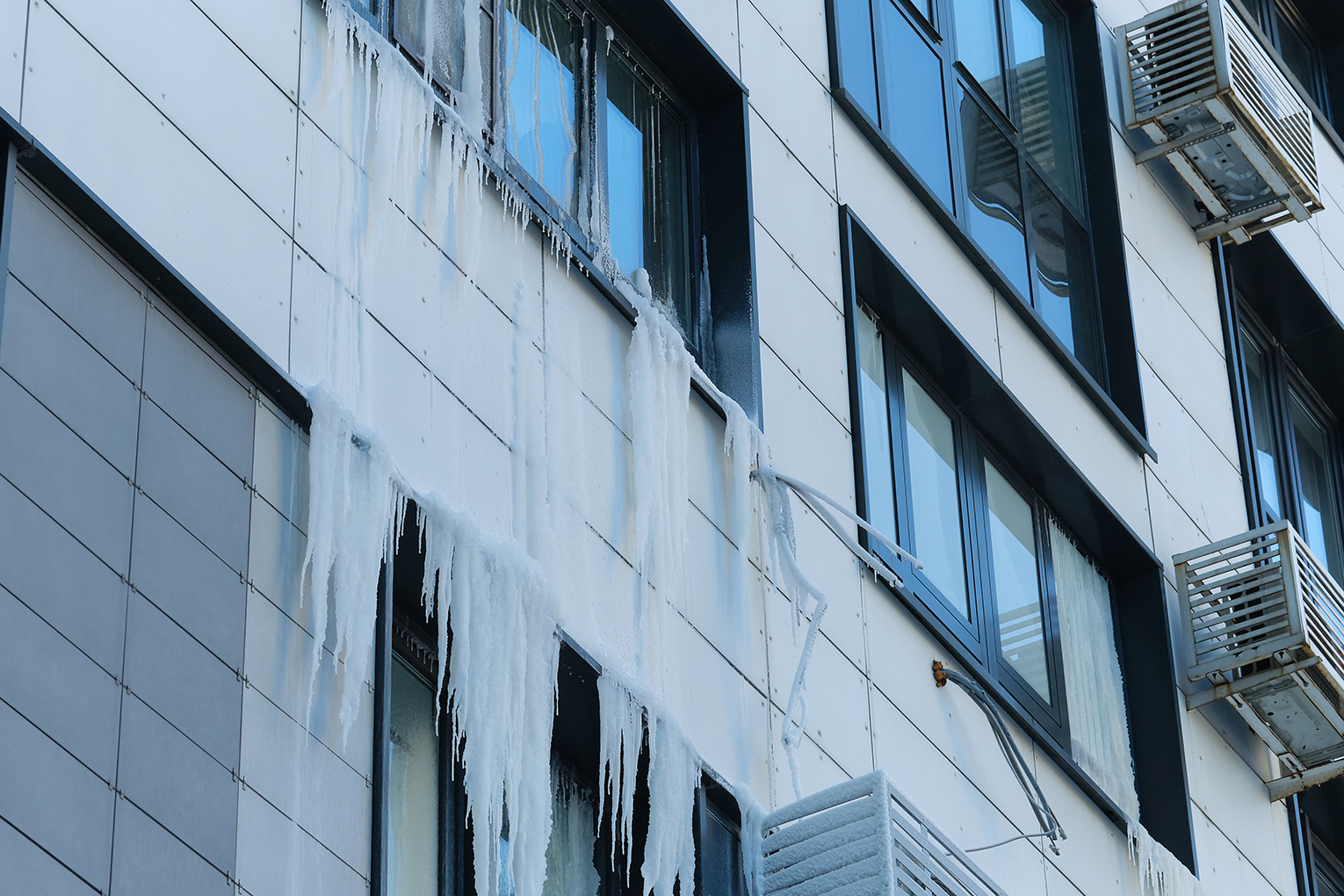Creating An Emergency Action Plan For Your Association

As a member of your association’s board of directors, it’s your duty to ensure the community is prepared to handle anything that comes its way—including emergency and disaster situations. Whether it’s a tornado, earthquake, hurricane, or another disaster, a carefully crafted emergency action plan is key in helping your community effectively respond to and manage a situation. Unfortunately, the reality is that most communities don’t have a response protocol or plan for residents.
At Ardent, we have over 20 years of experience helping clients plan for different types of disasters—and we want to make sure your community is prepared, too. The following are seven steps to creating an effective emergency action plan for your community…
Step 1: Identify Needs
Every community is unique, and your emergency action plan should reflect that. Discussing the following questions with your board will determine the next steps:
- Where is your community located? (i.e. city, suburb, desert, mountains, beach, farmland, etc.)
- What type of association is it? (i.e., high-rise, condominium, single-family, planned
community, etc.) - What kind of buildings, landscaping, amenities, and mechanical equipment does your plan need to consider?
- What are the demographics of your community in terms of age, families, and economic status?
- How will the board communicate the plan to association members and other partners?
Step 2: Form a Committee

Establish a committee to help create your emergency action plan. Look for members with real-world experience in disaster prep, but also consider any resident willing to serve. Duties for the committee should include making emergency plans, assessing current needs, performing community outreach, and in some cases, assisting with safety drills.
Step 3: Approve a Budget
Your committee will need a budget to support emergency and disaster preparation plans. If you didn’t prepare a budget ahead of time, review your current budget to determine how any adjustments will affect daily operations and long-term planning. Make sure that insurance coverages are also assessed annually and reflect the plan and budget.
Step 4: Build Out A Detailed Plan
This plan should include all the necessary steps the community must take during an emergency, making it a useful guide for homeowners and responders to reference in times of crisis. Be as detailed as possible and clearly outline association-specific information to help homeowners, board members, and first responders work quickly. Here’s what should be included:
- Establish a chain of communication
- Emergency contact phone numbers
- Area maps with elevator and stairwell locations
- Community photos
- List of responsibilities for staff and volunteers
- Insurance policies and claim information
- Specific evacuation information
- Designated meeting places
- Locations of any residents that may need special assistance
- Locations of any emergency supplies
- Shut-off sites for utilities
- Debris management instructions
- Response and recovery plan
Step 5: Assign Duties & Responsibilities

When a disaster is looming—or strikes—the first thought shouldn’t be, “What do I do?” It’s important to think about this ahead of time and assign roles. Carefully evaluate the action plan with necessary parties and assign specific responsibilities to the management team, board members, homeowners, and vendors. Hold training sessions and drills to confirm everyone understands and can carry out their duties.
Step 6: Communicate Your Plan
An emergency action plan isn’t effective if people don’t know about it. Share your plan with the community. Consider turning it into an actual book and make it accessible to those responding to any potential crisis. This book can be available in hard copy or a digital format, but keep in mind that online or digital versions probably won’t be accessible if the power goes out. Hosting a dedicated meeting to discuss the plan may also be beneficial.
Step 7: Continually Review & Update

Don’t set it and forget it. Your emergency action plan should be a living document that you revisit annually and look for ways to improve. Ask for resident and expert input and use the information to update and strengthen your response. Remember to review essential details, like response times, team effectiveness, residents who need special assistance, and contractor performance.
Does Your Community Have the Proper Safety Protocol?
Because community associations perform a specialized blend of functions involving governance, business, and resident engagement, they’re open to a unique set of risks. It’s important to plan ahead and prepare for the unexpected to ensure the highest level of safety for your community.
Be The First To See Articles Like This – Scroll Down To Follow Us or Sign Up For Our Newsletter!





